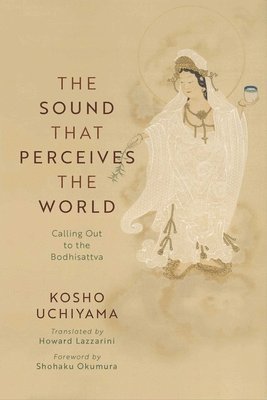Kommande

449:-
- Format: Pocket/Paperback
- ISBN: 9781614299516
- Språk: Engelska
- Antal sidor: 260
- Utgivningsdatum: 2025-11-25
- Förlag: Wisdom Publications

